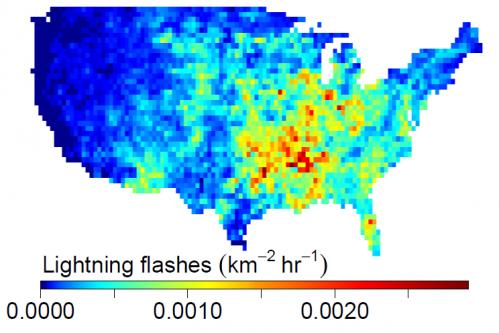
© Credit: Data from National Lightning Detection Network, UAlbany, and analyzed by David Romps, UC Berkeley.This graphic shows the intensity of lightning flashes averaged over the year in the lower 48 states during 2011.
Today's climate models predict a
50 percent increase in
lightning strikes across the United States during this century as a result of
warming temperatures associated with climate change.
Reporting in the Nov. 14 issue of the journal
Science, University of California, Berkeley, climate scientist David Romps and his colleagues look at predictions of
precipitation and cloud buoyancy in 11 different climate models and conclude that their combined effect will generate more frequent electrical discharges to the ground.
"With warming, thunderstorms become more explosive," said Romps, an assistant professor of earth and planetary science and a faculty scientist at Lawrence Berkeley National Laboratory. "This has to do with water vapor, which is the fuel for explosive deep convection in the atmosphere. Warming causes there to be more water vapor in the atmosphere, and if you have more fuel lying around, when you get ignition, it can go big time."
More lightning strikes mean more human injuries; estimates of people struck each year range from the hundreds to nearly a thousand, with scores of deaths. But another significant impact of increased lightning strikes would be more wildfires, since half of all fires - and often the hardest to fight - are ignited by lightning, Romps said. More lightning also would likely generate more nitrogen oxides in the atmosphere, which exert a strong control on atmospheric chemistry.
While some studies have shown changes in lightning associated with seasonal or year-to-year variations in temperature, there have been no reliable analyses to indicate what the future may hold. Romps and graduate student Jacob Seeley hypothesized that two atmospheric properties - precipitation and cloud buoyancy - together might be a predictor of lightning, and looked at observations during 2011 to see if there was a correlation.
"
Lightning is caused by charge separation within clouds, and to maximize charge separation, you have to loft more water vapor and heavy ice particles into the atmosphere," he said. "We already know that the faster the updrafts, the more lightning, and the more precipitation, the more lightning."
Precipitation - the total amount of water hitting the ground in the form of rain, snow, hail or other forms - is basically a measure of how convective the atmosphere is, he said, and convection generates lightning. The ascent speeds of those convective clouds are determined by a factor called CAPE - convective available potential energy - which is measured by balloon-borne instruments, called radiosondes, released around the U.S. twice a day.
Comment: As Earth 'opens up' we are seeing an increase and intensification of lightning strikes, and other natural phenomena too - such as Jet stream meanderings, Gulf stream slow-downs, hurricanes, earthquakes, volcanic eruptions, meteor fireballs, tornadoes, deluges, sinkholes and noctilucent clouds. See
Earth Changes and the Human Cosmic Connection for more in depth explanations of these related Earth changes, and how they may be connected to a common cause - the close approach of our Sun's 'twin' and an accompanying cometary swarm.

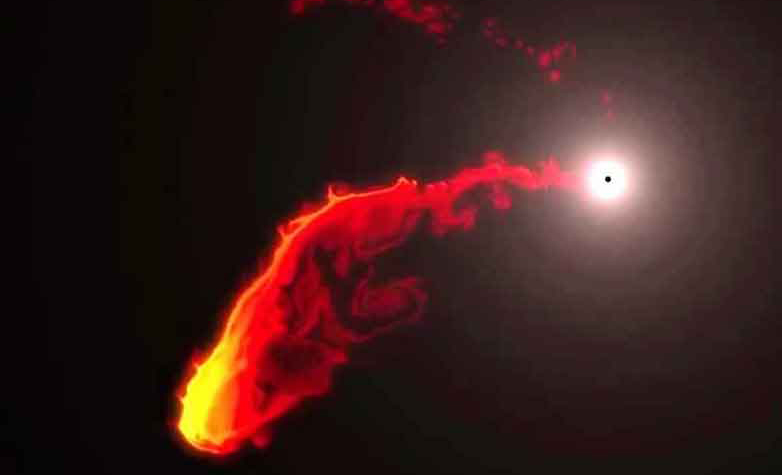
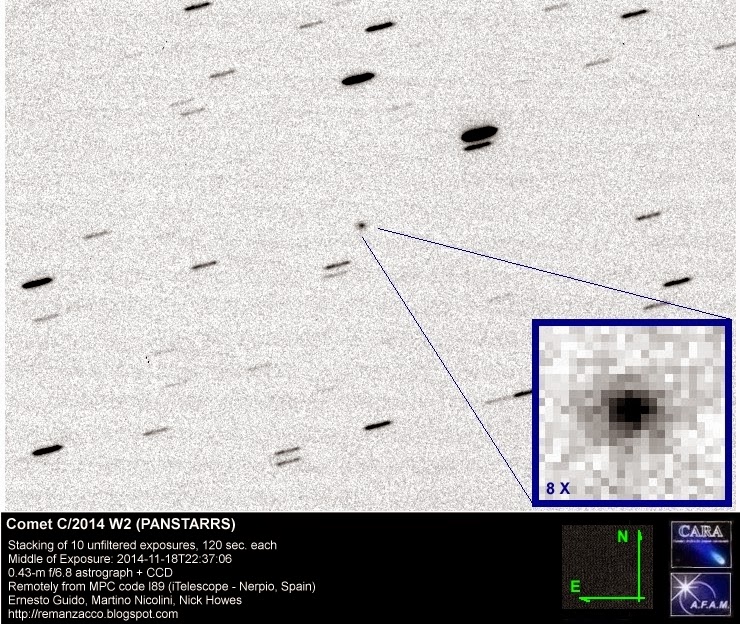
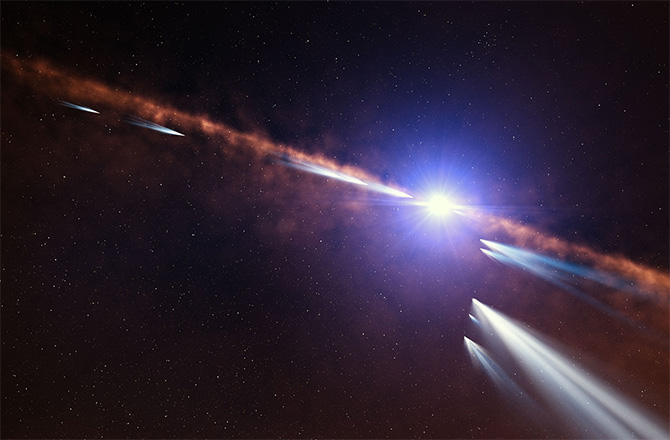

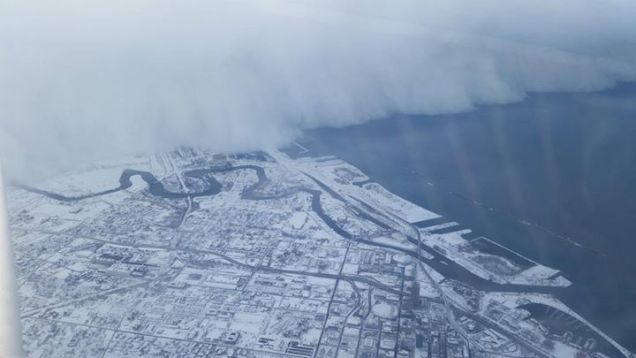


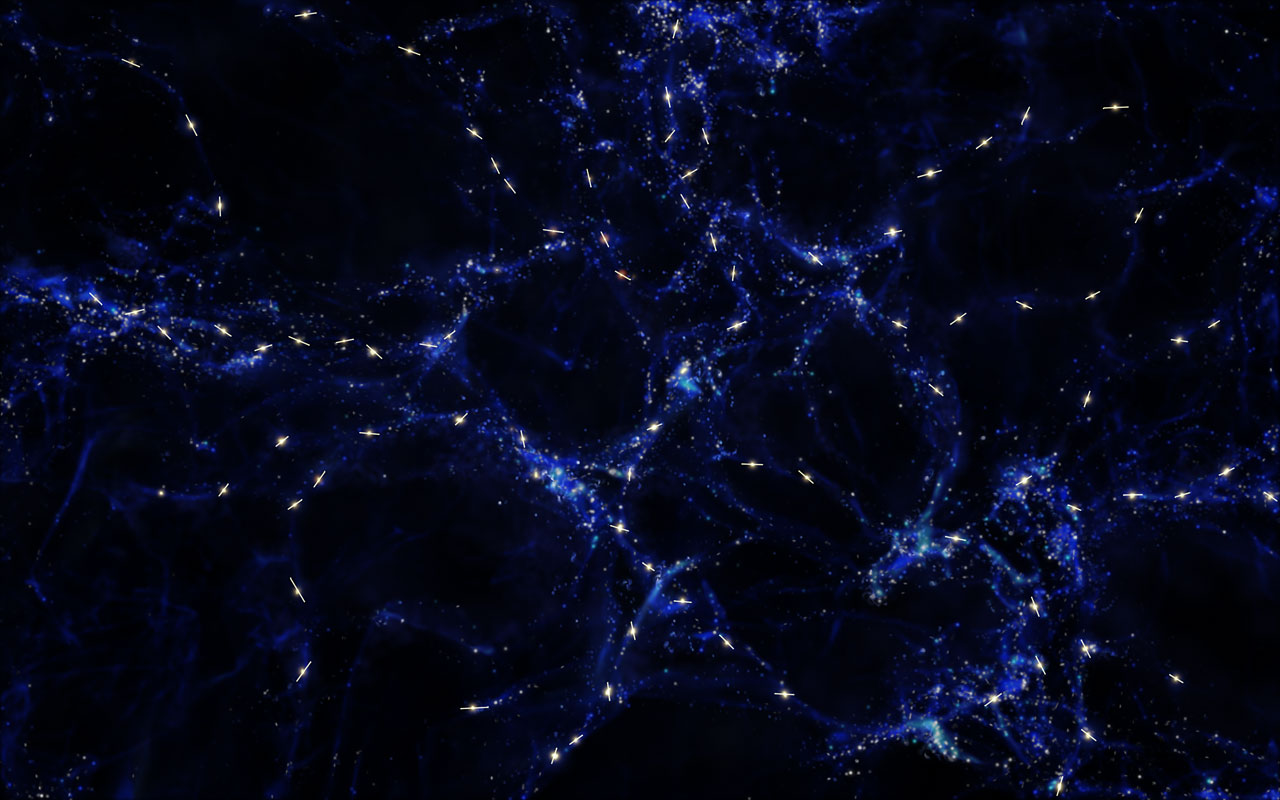




Comment: Good luck with that.